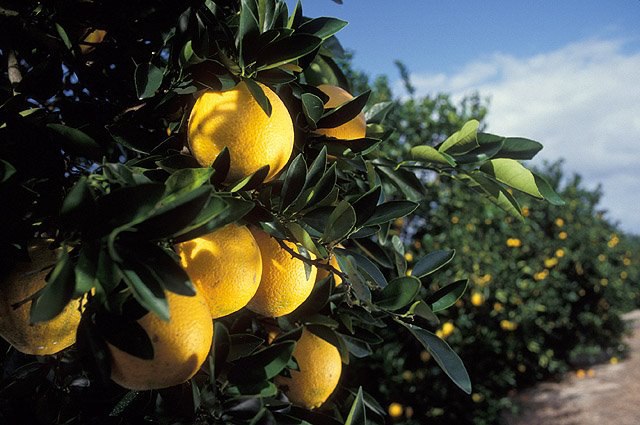Some might say the citrus industry has a bleak future. Worth $10 billion, the crop forecast from the USDA in January suggested low orange yields for this forecast and the next. A record number of attendees at the Florida Citrus Show in Ft. Pierce brainstormed with citrus leaders around the state to find new ways to handle industry issues like greening, pests, GMOs, and management.
Currently, much of the concern with the industry has to do with Huanglongbing (HLB), also known as citrus greening disease, which is spread by the Asian citrus psyllid. So far, there is no answer to the citrus tree-killing disease. However, there is hope in Genetically Modified Organisms (GMOs). While GMOs are a heated topic worldwide, there is research of citrus that has been genetically engineered that shows promising results of resistance to greening. If there is no other cure on the horizon, GMOs might be the only fix to this problem.
However, if GMOs are used in the citrus, it will be years before this happens, and it will be surrounded by extreme controversy. Even though genetic engineering can lead to prevention of certain insects and diseases, there is still a significant number that oppose “tampering with nature”.
Other than greening itself, much of the focus of the Florida Citrus Show was directed at controlling the Asian psyllid. A promising new insecticide, Sivanto, is advantageous because it can be sprayed during the citrus blooming season. Sivanto is registered through the EPA, but not yet in Florida.



